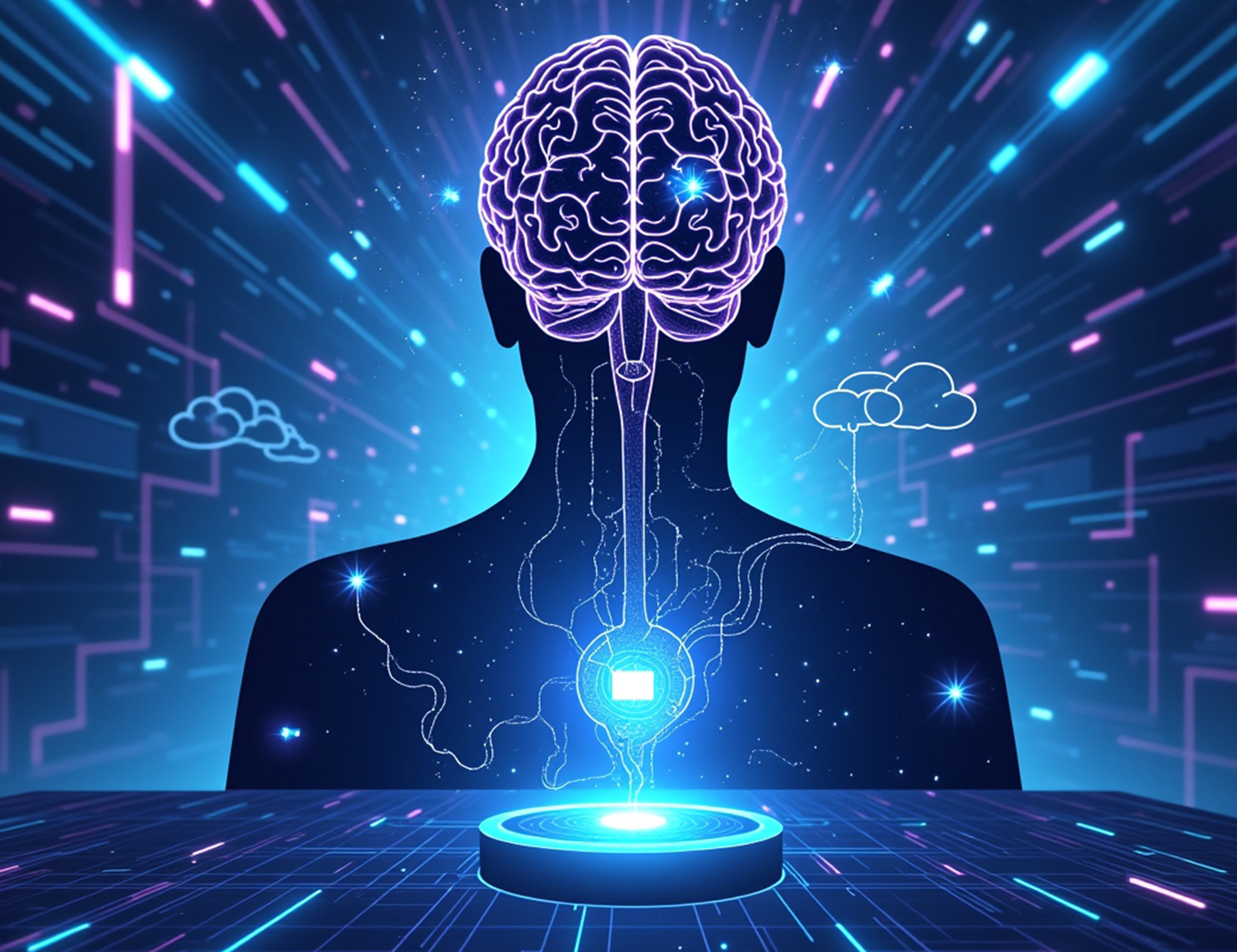Join our newsletter



"Imagine a world where technology understands your thoughts before you even speak. AI and brainwave-reading technology are pushing the boundaries of human-machine interaction, but how close are we to true mind-reading?"
Brain-computer interfaces (BCIs) are rapidly evolving, bringing us closer to a reality where machines can interpret human brain activity in real time. At the core of this breakthrough is electroencephalography (EEG), a technology that records electrical activity in the brain. AI-powered BCIs analyze these signals to detect patterns, translating them into commands, actions, and even text. While AI isn’t “reading minds” in the traditional sense, it is decoding neural activity to predict thoughts, emotions, and intentions.
AI-driven brainwave technology works by detecting and interpreting neural oscillations, which are rhythmic patterns of brain activity that correlate with cognitive functions like memory recall, attention, and movement planning.
AI models process massive datasets of EEG signals to recognize patterns linked to specific thoughts or emotions. Deep learning algorithms refine these interpretations, improving accuracy over time.
Example: AI-powered BCIs allow paralyzed individuals to control robotic arms or type messages simply by thinking about movement or words.
Startups and research labs are developing AI models that translate neural signals into readable text. While still in early stages, these advancements could revolutionize communication for individuals with disabilities.
Example: Meta's research into AI-powered BCIs has demonstrated early success in translating silent thoughts into text on a screen.
While AI-powered brainwave reading holds enormous potential, it also raises serious ethical, privacy, and security concerns.
If AI can decode brain activity, how do we protect personal thoughts from being accessed or misused? Without strict regulations, neuroprivacy breaches could become a major issue.
Example: Concerns have already been raised about tech giants using neural data for marketing or surveillance purposes.
Despite ethical challenges, AI-powered BCIs are revolutionizing multiple industries, from healthcare to gaming to communication.
While today’s AI can analyze and interpret brainwaves, true mind-reading technology remains a distant future. However, the progress we are witnessing raises critical discussions about the ethical use of AI in neuroscience. The next decade will determine how far we take this technology—and how we protect ourselves in the process.
At Kenility, we specialize in integrating cutting-edge AI solutions while prioritizing ethics, security, and human-centered innovation. As AI and brainwave technology evolve, we help businesses navigate these advancements safely and effectively.
🚀 Are you ready to explore the next frontier of AI? Let’s talk. Contact us at sales@kenility.com